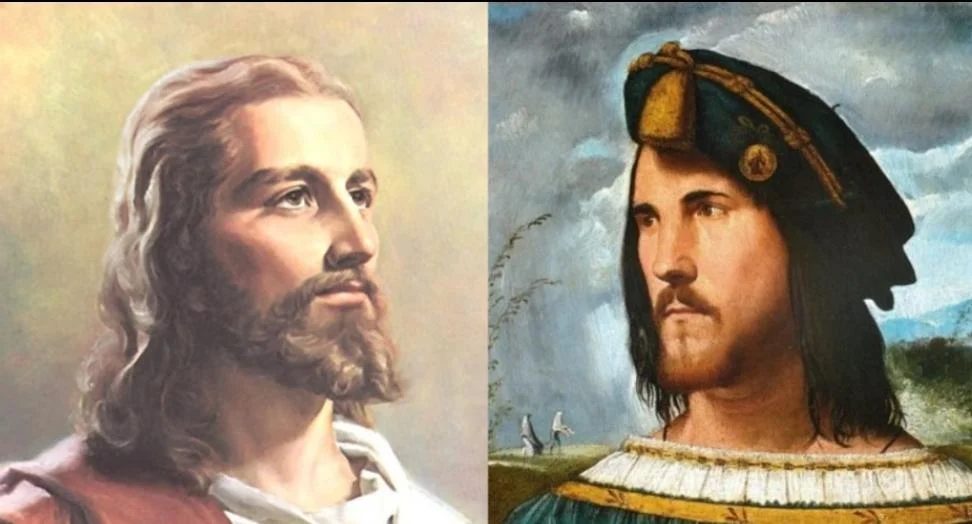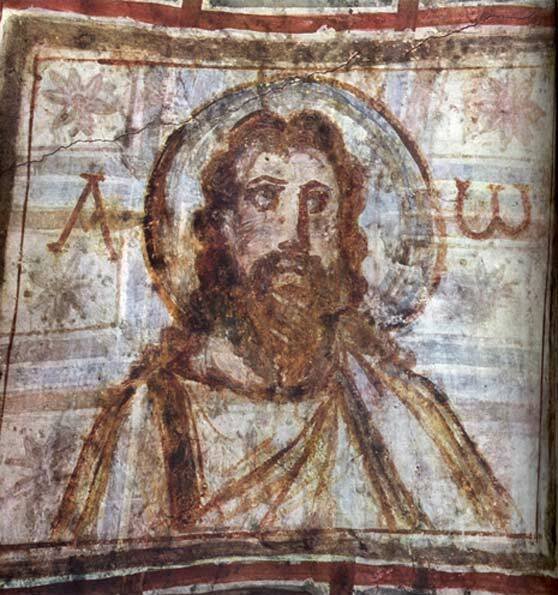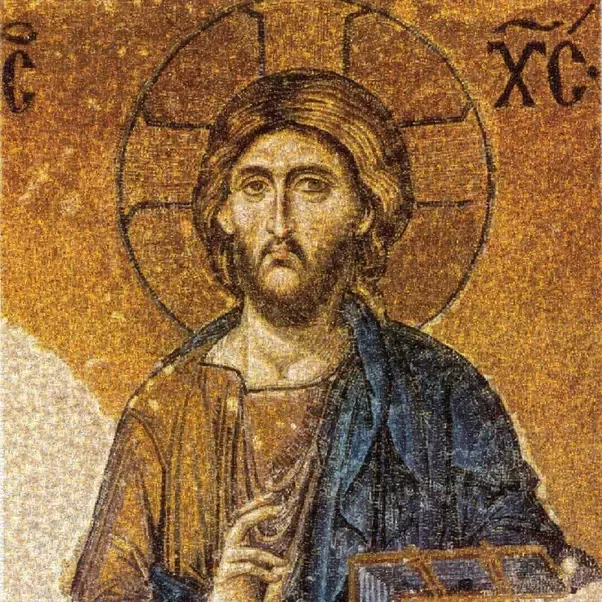The Renaissance era is famed for its significant advancements in various fields like art, science, literature, and philosophy. Despite this, the Renaissance era remains mysterious and has prompted several conspiracy theories. One of these popular theories is the notion that the widely recognized image of Jesus doesn’t have a historical basis but was based on Cesare Borgia.
From the killing of JFK to the moon landing, various incidents have generated conspiratorial ideas among the public. Although certain theories may seem implausible and far-fetched, they possess a distinctive charm and persist in captivating people of every background.
In a collection of eighteen essays titled “Celebrated Crimes” published in 1843, the renowned French novelist Alexandre Dumas, known for writing iconic literary works, including The Three Musketeers and The Count of Monte Cristo, made a surprising assertion about the modern portrayals of Jesus Christ.
He claimed that modern depictions of the central figure of Christianity and the son of the god Jesus Christ were created in the image of one individual. That individual happened to be Cardinal Cesare Borgia, the illegitimate son of Pope Alexander VI.
This theory challenges conventional beliefs on religious iconography’s genesis, creating crucial questions regarding the influence of religion on cultural identity and portrayal.
A lot of people looked at Jesus Christ as their prophet, savior, and as someone they can depend on. Therefore, Alexandre Dumas gained prominence and prompted a lot of debate on the physical appearance of Jesus Christ.
In this article, we will look at the evidence for and against this conspiracy theory to conclude if Alexandre’s claim that the depiction of Jesus Christ changed during the Renaissance Era to reflect the portraits of Cesare Borgia has any factual basis.
Who was Cesare Borgia?

One of the most notorious figures of Renaissance Italy, Cesare Borgia was an Italian nobleman, politician, and military leader. He was born out of wedlock to Cardinal Roderic Borgia (later Pope Alexander VI) and his long-term mistress Vannozza dei Cattanei on September 13, 1475.
Due to his astute diplomacy and military prowess, he received well-deserved recognition. Cesare’s reputation in these areas was so widespread that Nicolò Machiavelli was greatly influenced by him when he wrote his satirical guidebook for a ruthless ruler, The Prince, in the early 1510s.
Cardinal Roderic Borgia was infamous for corruption. However, he still managed to be elevated to the highest position of the Catholic Church in 1492 and became Pope Alexander VI.
As the head of the Papal States, Pope Alexander VI ruled over a major portion of the territory area in central Italy from 1492 to 1503, while the rest of Italy was divided into competing city-states of Florence, Milan, Venice, Urbino, Genoa, and more. However, the Pope only had nominal control of the territories in the Papal State, with minor princes holding most of the power over local jurisdictions.
Cardinal Roderic Borgia became the Pope at a time when the Italian peninsula was on the brink of war with major European powers of France and Spain also getting involved.
Cesare Borgia was made a Cardinal by his father despite his young age. The notorious Italian decided to leave the Cardinalship to become a military commander for the Papal army after the death of his brother.
During his father’s papacy, he managed to expand the territory of the Papal States and establish his own principality in central Italy, particularly in the Emilia Romagna region north of Rome, leading toward Bologna. He also took part in an alliance with the French that resulted in occupying Milan and Naples.
Cesare Borgia’s power and influence rapidly dropped following the death of his father in 1503. He relocated to Spain and died in an ambush at the youthful age of 31, cutting his career short.
Was the depiction of European Jesus based on Cesare Borgia?

It is true that the resemblance between the portraits of Cesare Borgia and the Renaissance-era depictions of Jesus Christ is uncanny. Both have medium-length beards, similar facial features, long hair, and a fair skin tone. As seen from the image of Jesus Christ on the left and that of Cesare Borgia on the right, it is understandable why Alexandre Dumas made that claim.
However, a more thorough look at the image would illustrate that the concept is unfounded. Cesare Borgia’s appearance, with straight dark hair and dark brown eyes, contrasts with the commonly held portrayal of Jesus in Western cultures, characterized by wavy chestnut hair and either light brown or blue eyes.
Additionally, Roman depictions of Jesus in earlier times depicted him as following the conventions of that period, which typically meant portraying him as clean-shaven with short hair. However, starting from the sixth century onwards, he started being depicted with long hair and a beard, likely influenced by the conventional appearance of philosophers and teachers during that time.

Over time, artistic representations of Jesus have changed from being exaggeratedly stylized and emblematic to more lifelike, especially towards the end of the fifteenth century.

Despite this shift, the fundamental portrayal of Jesus has remained uniform, exhibiting light brown curly hair (in contrast to Cesare’s dark-straight tresses) and, when evident, light brown or blue eyes (rather than Cesare’s dark brown eyes).

These qualities derive from the long-established early Middle Ages depictions of Jesus in Western art, significant well before Alexander VI’s papacy.
Conclusion
A look at the European depictions of Jesus Christ before the time of Pope Alexander VI makes it absolutely clear that this conspiracy has no factual basis. This Roman depiction of Jesus Christ presented in this article goes back at least 1000 years before either Alexander VI or Cesare Borgia were even born.
